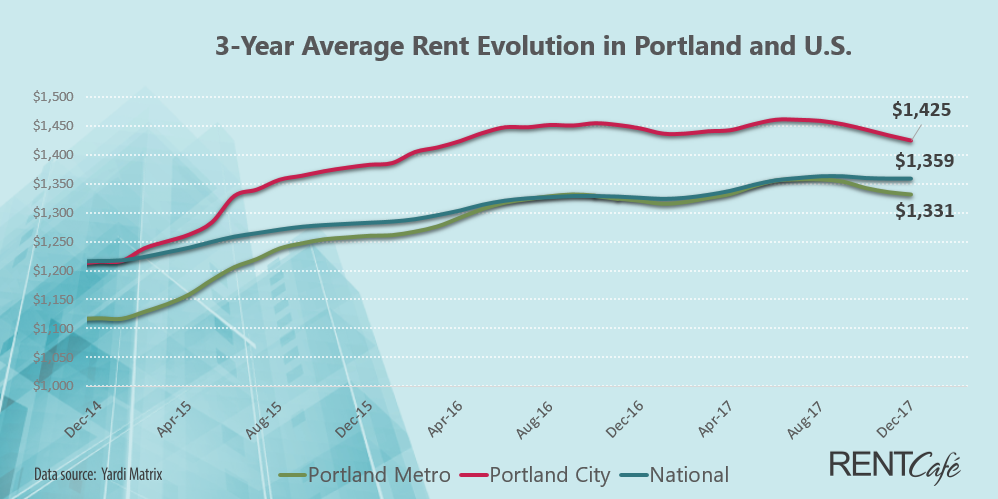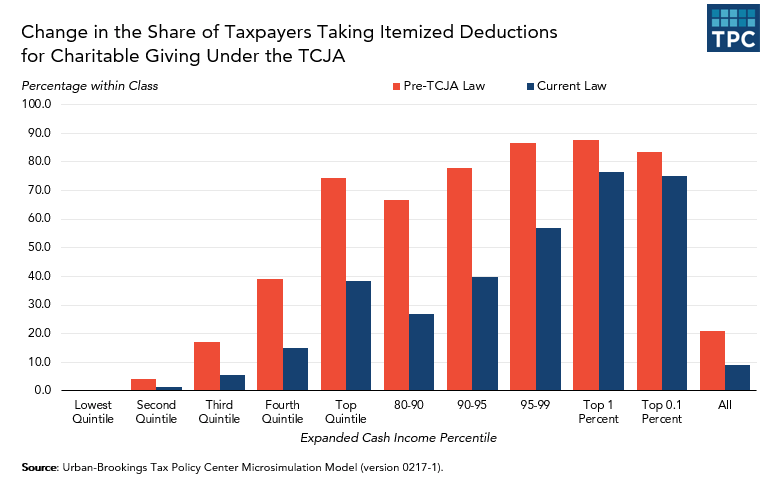What City Observatory did this week
1. Two thing’s everyone’s missed about Amazon’s HQ2. The urbanist Internet has been all abuzz reading the tea leaves from Amazon’s decision to winnow the list of contenders for its ballyhooed HQ2 to 20 cities. Some cities who didn’t make the list are licking their wounds, while others are counting their blessings. Ultimately, we think the HQ2 decision will ultimately be dictated by Amazon’s internal business strategy: It’s not easy or straight-forward to split the operations of a major corporation between two locations. It’s most likely that Amazon will hive off particular functions or technologies, rather that simply clone itself in a second city. It makes sense for the city to match these relocated functions to the knowledge and talent specializations of particular cities. So depending on whether the company is looking to grow or relocate content creation, or software development, or logistics, it will choose a metro area with particular strengths in that area. In addition, once an operation has been moved out of Seattle, their may be little reason to group it with other Amazon functions, which may lead the company, logically, to develop HQ3 and HQ4. Keeping mulitple cities in the running for pieces of an ever-growing Amazon maximizes the company’s bargaining position, and likely minimizes its negative impacts on housing markets.
2. More evidence of rent declines in Portland. A new report on average rents in Portland from RentCafe (powered by data from real estate analytics firm Yardi Matrix) shows that supply and demand seem to be coming into closer balance. As more and more new apartments are completed, vacancies are rising, especially in the close-in neighborhoods that have attracted much new demand and construction. Year-over-year rents in Portland are down 1.2 percent according to RentCafe, with decreases of more than 5 percent in some neighborhoods. It’s just one data point, but its pointing in the right direction: down.
Must read
1. The Trump Administration’s leaked infrastructure plan. Axios has obtained of copy of what’s said to be the Trump Administration’s latest infrastructure proposal. It remains to be seen whether this is an ephemeral trial balloon, or the probable outline of future policy, addressing everything from air travel and brownfields to broadband and waterways. Though $200 billion over ten years is bandied about as the level of federal funding, the proposal is ambiguous about that point. Half of whatever federal money is available for grants to a wide range of projects, but there’s an important catch: Federal money is limited to 20 percent of total project costs. Item I.A.1. under the heading “Principles for infrastructure improvement” proposes liberalization of tolling at the state level “Allow states flexibility to toll on interstates and reinvest toll revenue in infrastructure.”
2. The death of the charitable deduction. The new federal tax reform law will me a dramatic reduction in the number of households that can take the charitable deduction. The Tax Policy Center estimates that the number of middle income households that will have a charitable deduction will fall by two-thirds, and that the total number of taxpayers itemizing charitable deductions will fall by more than half, from 37 million to 16 million, primarily because of the increase in the standard deduction to $12,000 for most households. This will likely reduce total charitable contributions by roughly five percent (somewhere between $12 and $20 annually), and skew giving even more heavily to charities favored by the highest income households.
The center also warns that there’s a second shoe waiting to drop here: because of the increase of the estate tax exemption to $22 million, many households that might have previously made charitable donations from their estates may now pass more of their fortunes on to their heirs, reducing the flow of new capital to foundations and other charities. They haven’t begun to estimate how large that effect might be.
3. Sierra Club opposes reforming zoning to allow higher densities near transit in California. There’s a battle brewing in California over Senator Scott Weiner’s bill, SB 827, which would essentially allow by-right development of multi-family housing in areas served by high capacity transit. The key insight behind the bill is that absent some over-riding state direction, local governments have strong incentives to limit the amount of residential development that occurs in their jurisdiction, as a way of shifting costs to others. Writ large, this kind of beggar-thy-neighbor approach fuels increased sprawl and automobile dependence, undercurts the viability of transit investments, and worsens greenhouse gas emissions. Surprisingly, long-time environmental organization Sierra Club has come out in opposition to Weiner’s bill. Blogger Ethan Elkind offers a cogent argument that Sierra Club has lost its way.
In the news
Whet Moser, writing on housing affordability in Chicago in Chicago Magazine links to Daniel Kay Hertz’s careful examination of the reliability and unreliability of published rental statistics.



